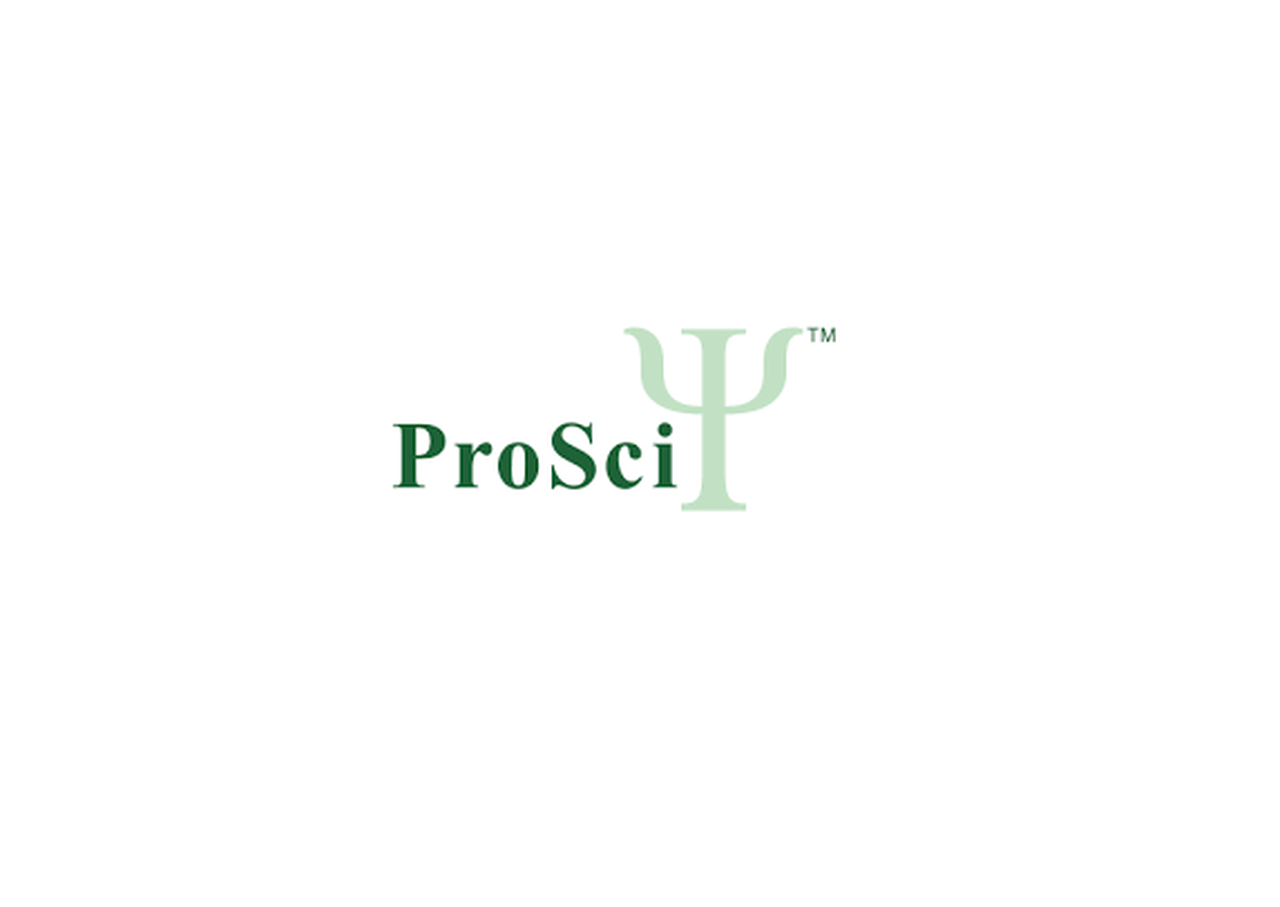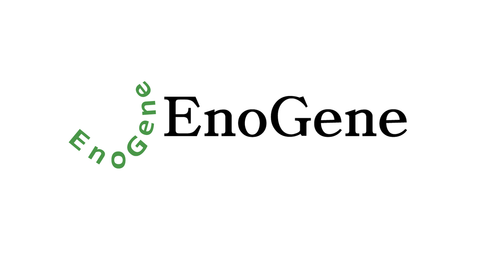Product Description
SLC39A4 Antibody | 25-924 | ProSci
Host: Rabbit
Reactivity: Human
Homology: N/A
Immunogen: Antibody produced in rabbits immunized with a synthetic peptide corresponding a region of human SLC39A4.
Research Area: Membrane, Cancer, Signal Transduction
Tested Application: E, WB
Application: SLC39A4 antibody can be used for detection of SLC39A4 by ELISA at 1:312500. SLC39A4 antibody can be used for detection of SLC39A4 by western blot at 1 μg/mL, and HRP conjugated secondary antibody should be diluted 1:50, 000 - 100, 000.
Specificiy: N/A
Positive Control 1: Tranfected 293T Cell Lysate
Positive Control 2: N/A
Positive Control 3: N/A
Positive Control 4: N/A
Positive Control 5: N/A
Positive Control 6: N/A
Molecular Weight: 68 kDa
Validation: N/A
Isoform: N/A
Purification: Antibody is purified by peptide affinity chromatography method.
Clonality: Polyclonal
Clone: N/A
Isotype: N/A
Conjugate: Unconjugated
Physical State: Liquid
Buffer: Purified antibody supplied in 1x PBS buffer with 0.09% (w/v) sodium azide and 2% sucrose.
Concentration: batch dependent
Storage Condition: For short periods of storage (days) store at 4˚C. For longer periods of storage, store SLC39A4 antibody at -20˚C. As with any antibody avoid repeat freeze-thaw cycles.
Alternate Name: SLC39A4, AEZ, FLJ20327, MGC74741, ZIP4, AWMS2
User Note: Optimal dilutions for each application to be determined by the researcher.
BACKGROUND: SLC39A4 is a member of the zinc/iron-regulated transporter-like protein (ZIP) family. The transmembrane protein is required for zinc uptake in the intestine. Mutations in the gene encoding SLC39A4 result in acrodermatitis enteropathica, a rare inherited defect in the absorption of dietary zinc.This gene encodes a member of the zinc/iron-regulated transporter-like protein (ZIP) family. The transmembrane protein is required for zinc uptake in the intestine. Mutations in this gene result in acrodermatitis enteropathica, a rare inherited defect in the absorption of dietary zinc. Multiple transcript variants encoding different isoforms have been found for this gene.
 Euro
Euro
 USD
USD
 British Pound
British Pound
 NULL
NULL










